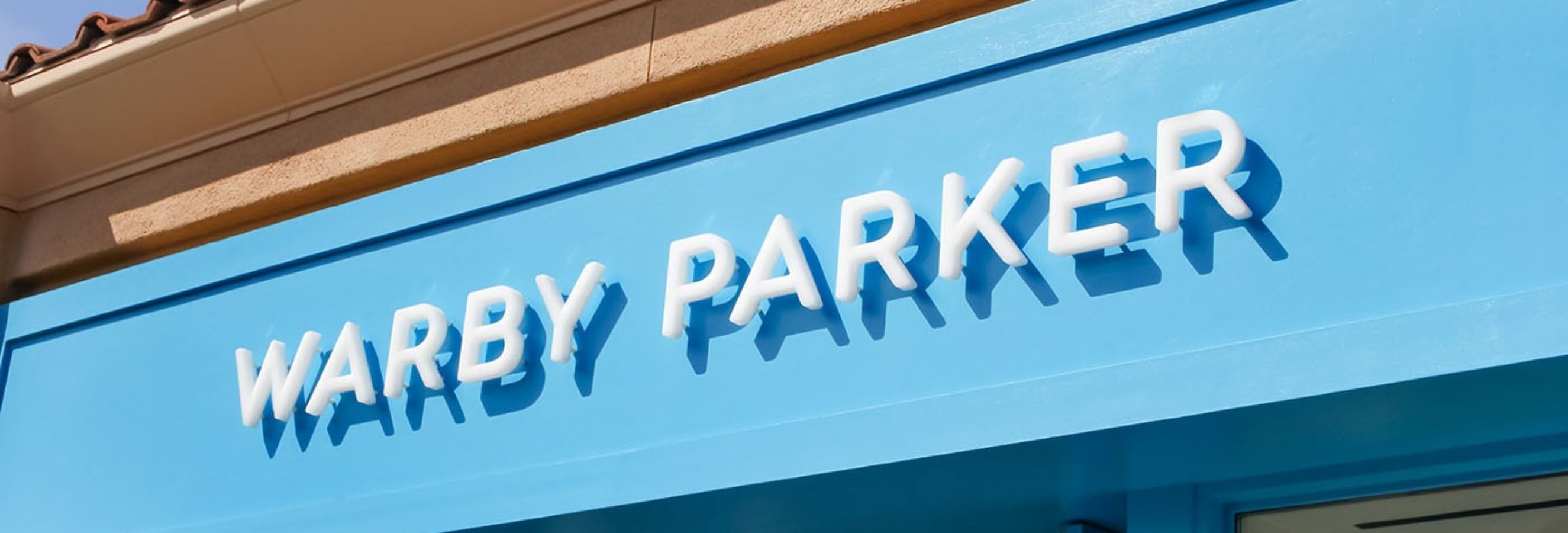When we think of direct-to-consumer companies we think of early adopters like The Dollar Shave Club, Warby Parker, and Casper. When few brands were willing to break from tradition these companies risked everything to create innovative business models. Now DTC brands are leading the way in areas like social commerce and experiential marketing, challenging legacy companies to improve logistics and supply chains. However, trends like supply chain shortages and the constant emergence of new digital channels pose risks for DTC brands.
The real advantage DTC brands have lies in the data-curation and ownership specifically. DTC brands own their first-party data without privacy issues and understand their customers more intricately than traditional brands. One opportunity is for DTC and traditional brands to join forces to drive the change they seek. By combining the nimble, purpose-driven approach of DTCs with the physical presence of traditional brands can be a win-win for both. Traditional brands are also not as e-commerce ready potentially prohibiting fewer avenues and click-to-buy opportunities.
Real customer service in the retail environment is the exception rather than the rule. But this is not true for DTC where digital platforms build products and functionalities to customize options to sell better and faster. For big retail, they can look at themselves as a platform for other brands to build from and it can be a great match. Netflix and Walmart could combine to sell merchandise off the back of all Netflix IP. (e.g., look at the popularity of Squid Games) Walmart’s website could eventually showcase all merchandise of Netflix.
The other trend that DTC brands should concentrate on is making active shopping more of a discovery. For instance, beauty brands can use online video tutorials to showcase products and foster instant “like – click to buy” behavior. No price checking or googling around. It’s the shopping channel but designed for Gen Z where you are entertained while you shop.
We’re even seeing entire niche brands being created to satisfy a community that has been organically built. Pietra works with creators to make products and provide them with everything they’ll need to introduce their brands to the world. Customer trust and loyalty are at an all-time high when you start with the community first.
Both traditional and DTC brands need to take a hard look at how they are going to stay creative and provide fast service. Customers shift quickly between digital channels as competition for their fleeting, but valuable attention heats up. A recent Oracle study found that 80 percent of consumers will cut ties with their favorite brands if goods are delayed or out of stock. Further, 58 percent said they would stop buying from a brand completely after one to three delays or disruptions. The recent supply chain crisis has made it even more important to understand market forces and creatively work around roadblocks to gets products delivered fast. For example, if customs delays from a foreign seller mean the time from order to delivery are simply not sustainable, it may be time to find a new supplier even if it was a good relationship.
The current market landscape as well as consumer behavior are undergoing massive changes. DTC brands that have a disciplined operational plan and a little luck will come out of this struggle stronger than ever.


